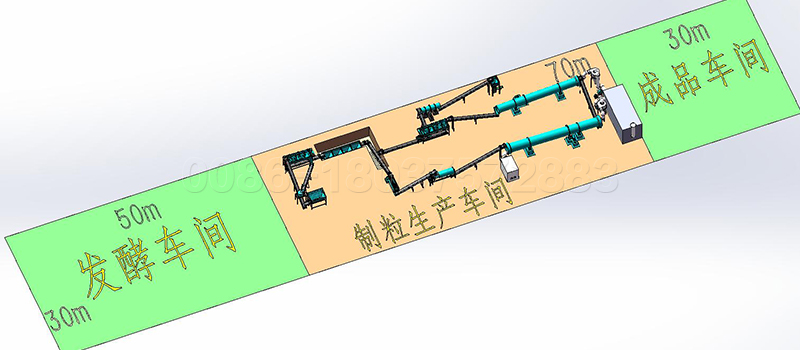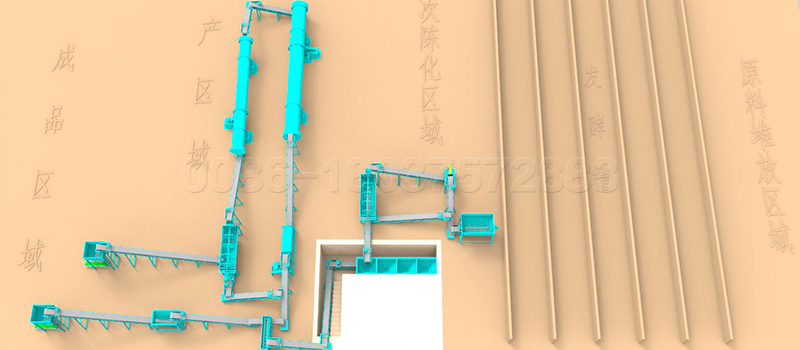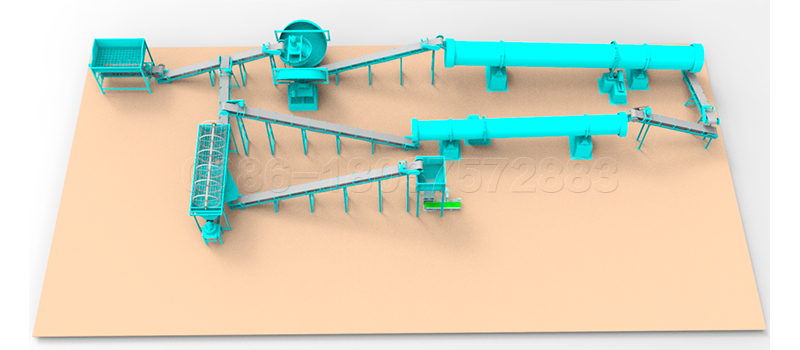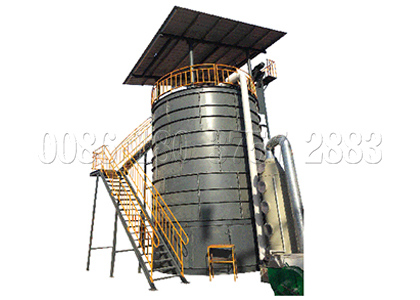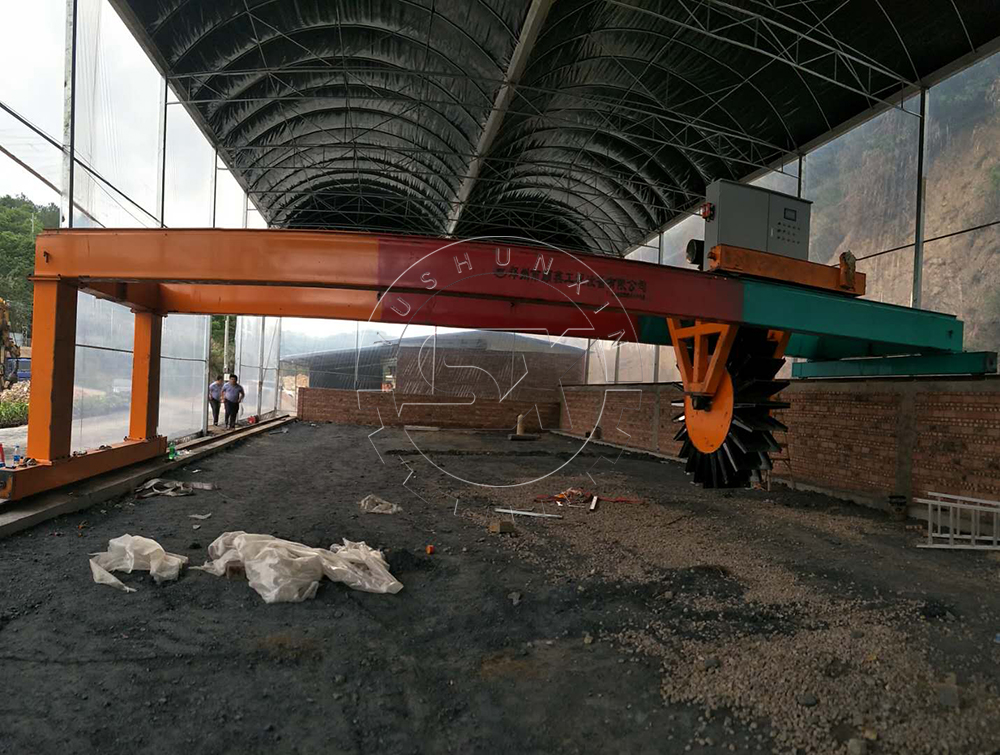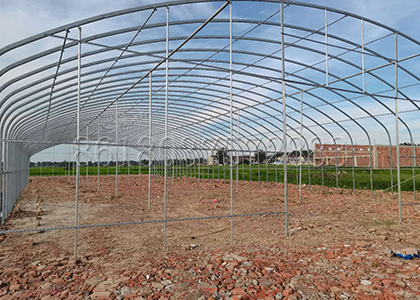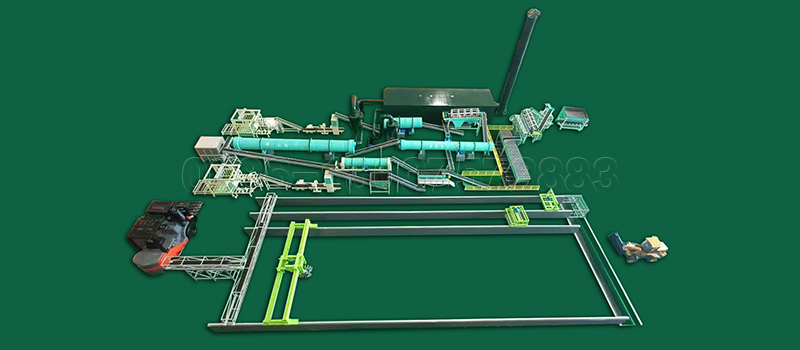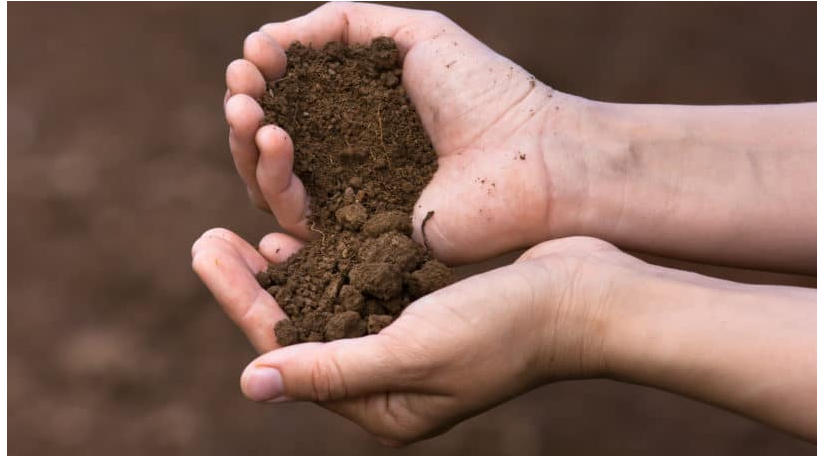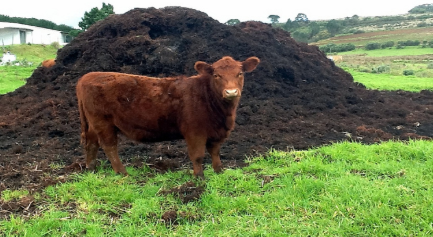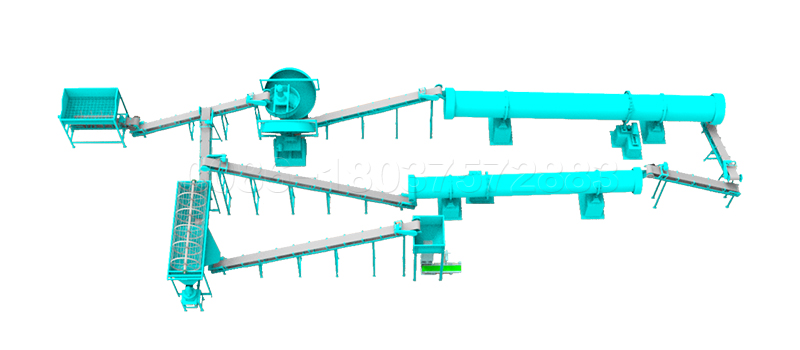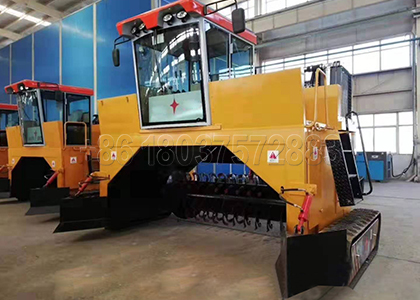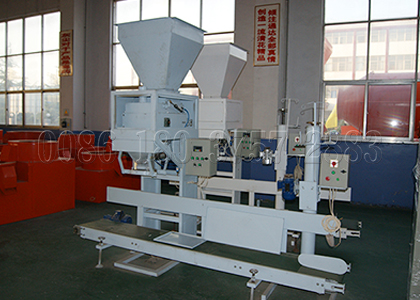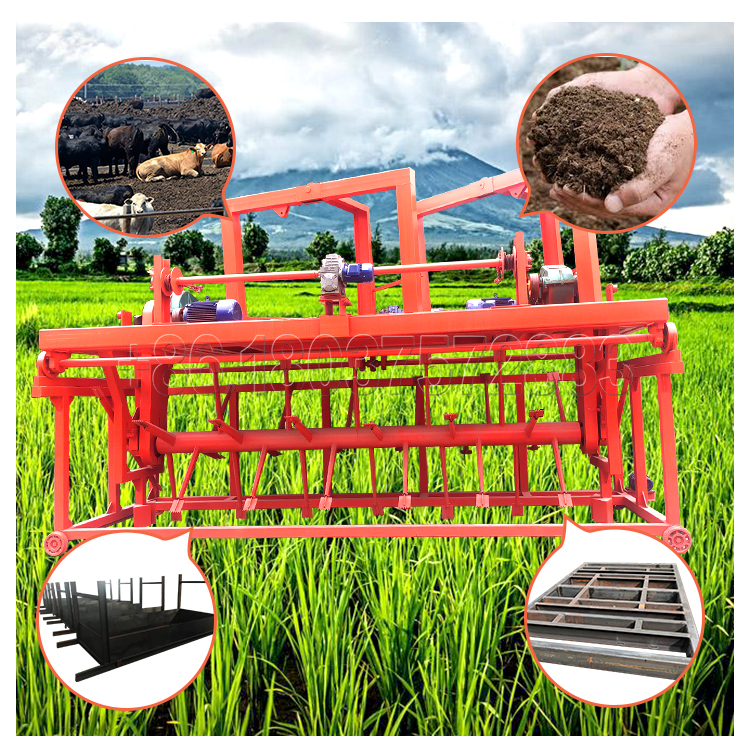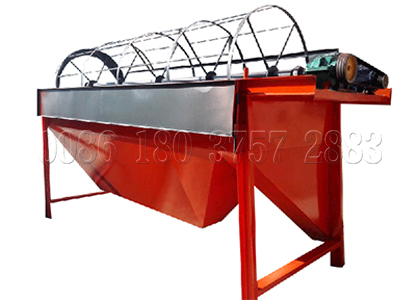1. Observe the release period of nutrients
The package of ordinary qualified slow-release and controlled-release fertilizer shall indicate the nutrient type and content of controlled-release fertilizer, and the initial and cumulative nutrient release rate shall be indicated in the font or back of the package. The initial release rates of slow-release fertilizer and controlled-release fertilizer were 15% and 12%, and the cumulative release rates were 80% and 75%, respectively. If the index in the label is different from the test value, there is a quality problem.
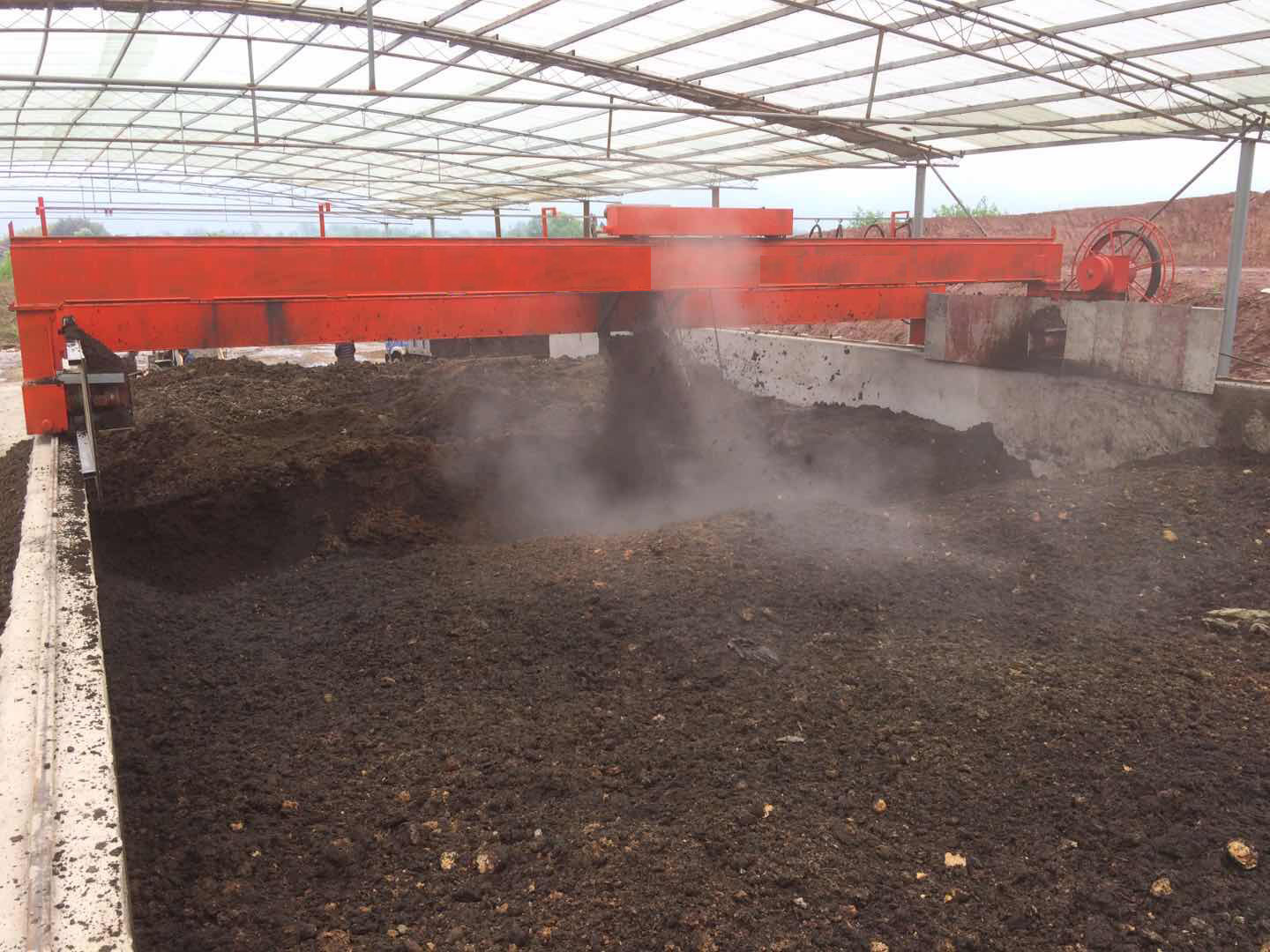
2. Check the particles
At present, many factories make colorful fertilizer particles, but do not think that colorful particles are slow-release and controlled-release fertilizer.
In order to cater to this superficial understanding of farmers, many fake factories will make fertilizer particles into different colors by adding chemical pigments and pretend to sell these fertilizers.
Buyers should look for regular manufacturers to prevent being deceived. Generally speaking, there is a complete thin and stripable layer on the surface of the coated slow-release and controlled-release fertilizer. If it is difficult to peel off, it can be removed with a knife. However, if the particles are seriously damaged or the coating is incomplete, we regard it as inferior fertilizer.
3. Test the solubility.
Unlike instant fertilizers, slow-release particles do not immediately melt in water. Some coated slow-release and controlled-release fertilizers will expand after moisture absorption, and the release will be accelerated after adding hot water, but it is still slower than ordinary fertilizers. After cooling to normal temperature, pinch fertilizer as much as possible.
If most of it is soft, it is controlled-release fertilizer. If it is not soft or pinched, it is not a controlled release fertilizer.
More detailed solutions to make different types of fertilizer machines by your own, welcome go to https://organicfertilizerproductionline.com/


